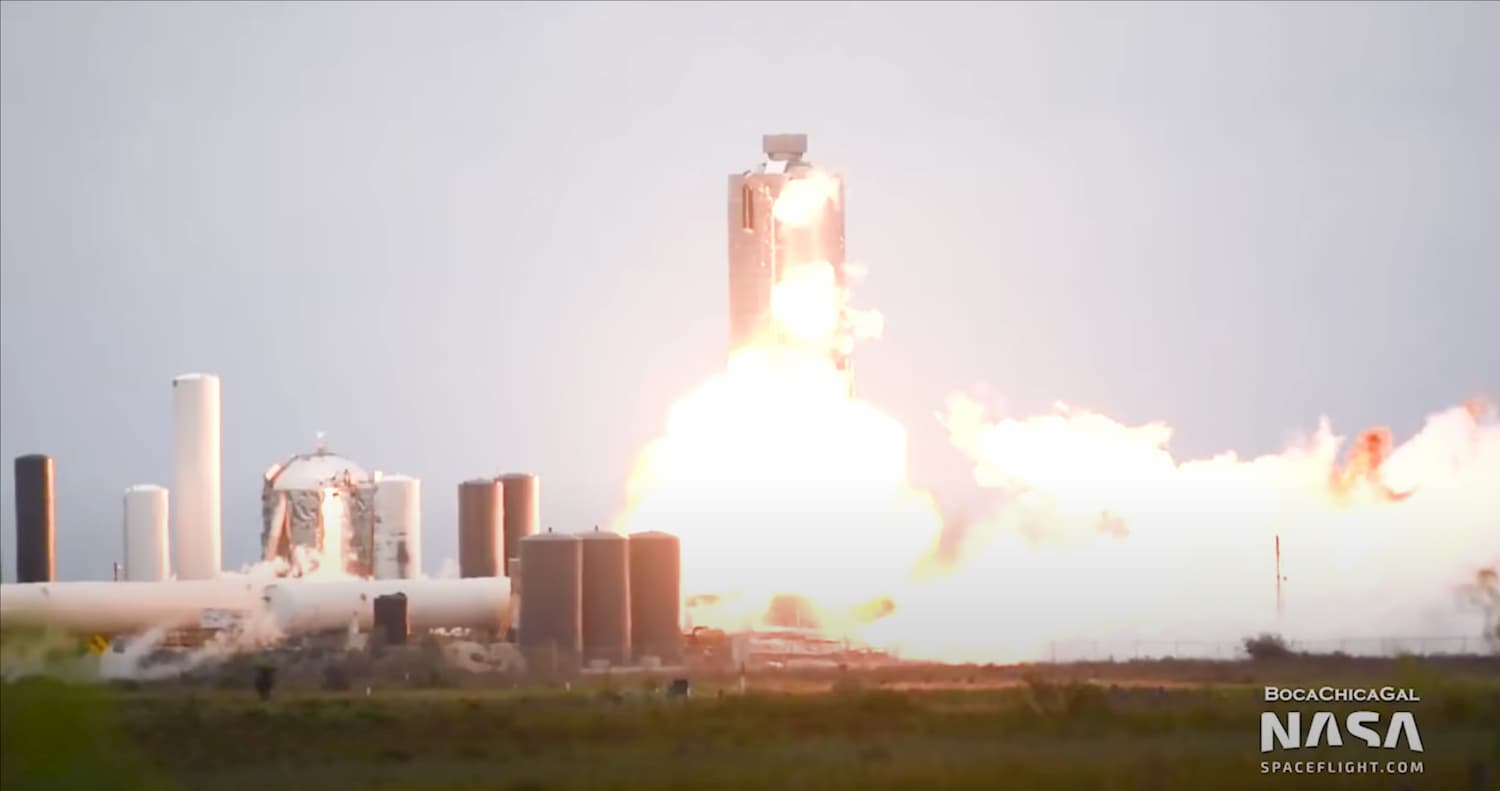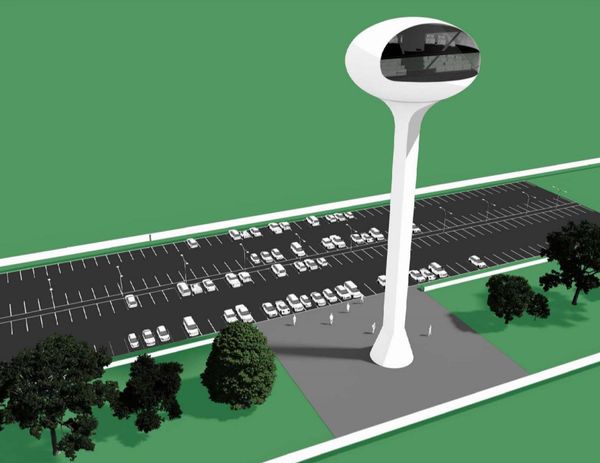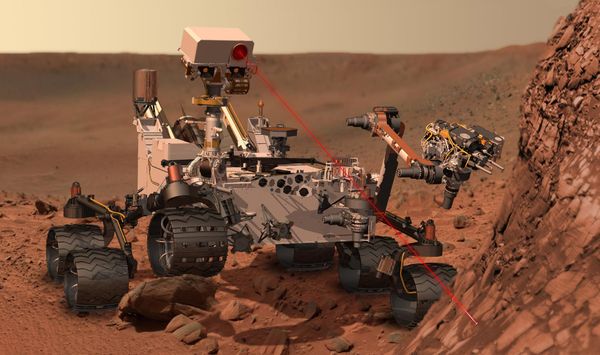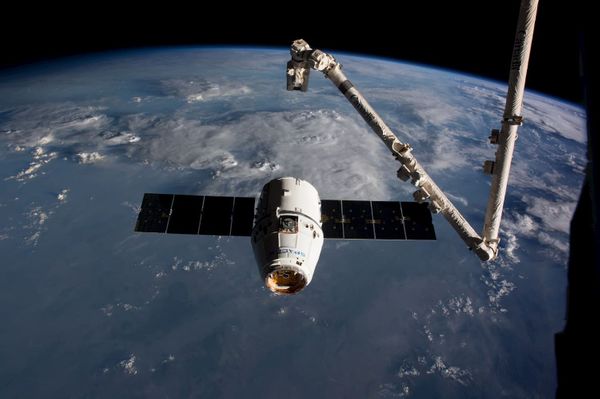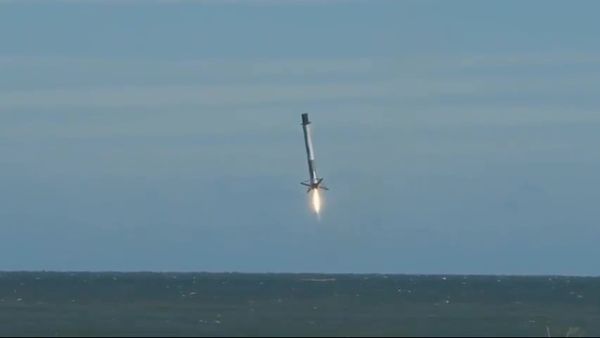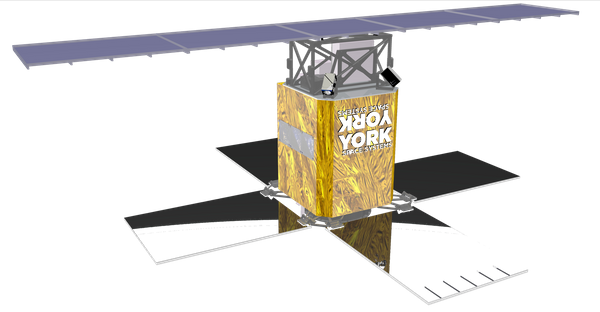Since December 2018, SpaceX has been developing their next-generation spacecraft, Starship, at their facility in Boca Chica, Texas. The vehicle is so large that it is being constructed out in the open where enthusiasts have been able to watch construction progress from afar. On Friday, May 29th, Starship prototype Serial Number 4 or SN4, exploded in a massive fireball after a test. Today on SPEXcast we take a closer look at the incident and its impact on future development of Starship.

SPEXcast is matching donations up to a total of $300 to support Campaign Zero and Black Girls Code. Click the link above to learn how you can support these organizations.
The Fate of SN4
Starship SN4 was one of SpaceX's test articles for their Starship launch vehicle. SN4 had undergone a series of tests ahead of a potential first flight. After several test fires, a routine detanking test ended in disaster. SpaceX has conducted two kinds of tanking tests. Inert tests use liquid nitrogen pumped into the tanks. Nitrogen is inert and noncombustible, and its low temperature is critical for accurate results. The steel of Starship actually gets stronger at lower temperatures. SpaceX has had several prior tank failures and explosions but has had no fires. These incidents dumped large quantities of liquid nitrogen on the ground where it quickly evaporates.
The second type of test involves actual propellants: cryogenic liquid methane and liquid oxygen. Although these propellants are quite cold, they are highly flammable together and under intense pressure. During this test the propellants formed an explosive shockwave.
Starship SN4 tank on test stand pic.twitter.com/zN2OmMp1OS
— Elon Musk (@elonmusk) April 23, 2020
Safety Procedures
Each SpaceX test involves several safety measures. While the test pad is only a few miles away from the large SpaceX factory area, the roads around the pad are closed hours before and after the test and all people are a safe distance away while the vehicle is pressurized. Even so, SpaceX got lucky. In the above picture, a large number of tanks are located very close to the launch mount. These hold the propellants in storage before they are pumped into the tanks. During the explosion, debris and propellants missed most of this equipment, minimizing damage.
What happens next?
SpaceX is hard at work on the successor to SN4, SN5. At the time of recording, SN5 was finishing final assembly at the SpaceX factory. At the time of publishing, SN5 is undergoing tanking tests and could conduct a static fire of its Raptor rocket engine within days. A short 150m hop could happen within weeks. Vertical flights up to 20km could happen with SN5 or SN8. New hardware features are expected as well. SN8 could boast a proper nose cone and aerodynamic fins. These mechanisms are required for Starship to practice its unique landing maneuvers, akin to a skydiver in a wingsuit.
Progress after that is expected to be swift. After SpaceX's factory footprint has expanded greatly. A new highbay is under construction to stack the even taller Super Heavy booster vehicles. Launching a Super Heavy booster will be challenging, since the mammoth steel tube will require up to 31 Raptor engines. At the time of publication, the highest Raptor serial number is 27.
Highbay going up fast! 07/20 @elonmusk
— RGVAerialPhotography (@RGVaerialphotos) July 21, 2020
🛩️📷🚀
Full access to our online gallery (40 photos) &
Support our weekly flyovers: https://t.co/dGpvgoDEmt#SpaceX #RGV #Bocachica pic.twitter.com/FjBFaGhV2E
Check out our full thoughts on the fiery end of SN4 in the full episode below.

